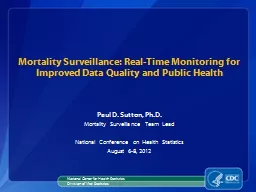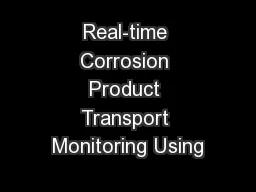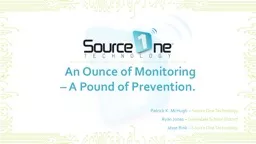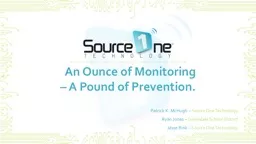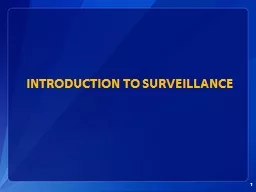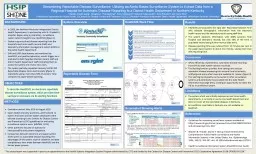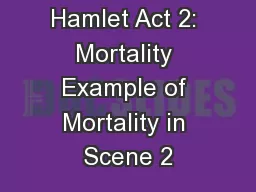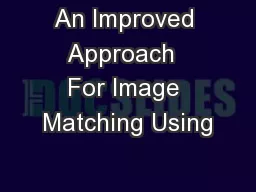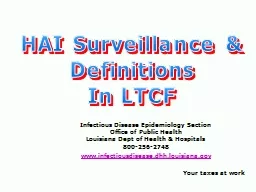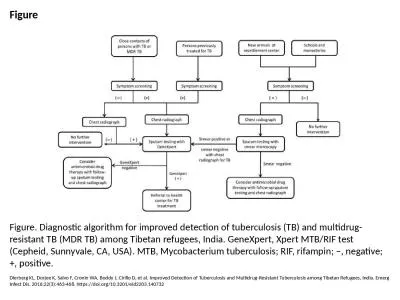PPT-Mortality Surveillance: Real-Time Monitoring for Improved D
Author : ellena-manuel | Published Date : 2016-06-29
Paul D Sutton PhD Mortality Surveillance Team Lead National Conference on Health Statistics August 68 2012 National Center for Health Statistics Division of Vital
Presentation Embed Code
Download Presentation
Download Presentation The PPT/PDF document "Mortality Surveillance: Real-Time Monito..." is the property of its rightful owner. Permission is granted to download and print the materials on this website for personal, non-commercial use only, and to display it on your personal computer provided you do not modify the materials and that you retain all copyright notices contained in the materials. By downloading content from our website, you accept the terms of this agreement.
Mortality Surveillance: Real-Time Monitoring for Improved D: Transcript
Download Rules Of Document
"Mortality Surveillance: Real-Time Monitoring for Improved D"The content belongs to its owner. You may download and print it for personal use, without modification, and keep all copyright notices. By downloading, you agree to these terms.
Related Documents

